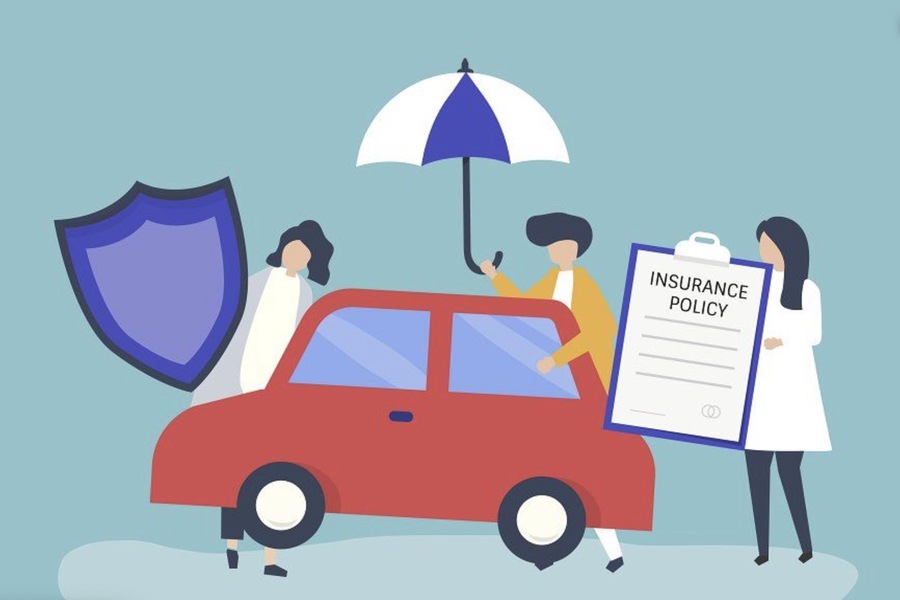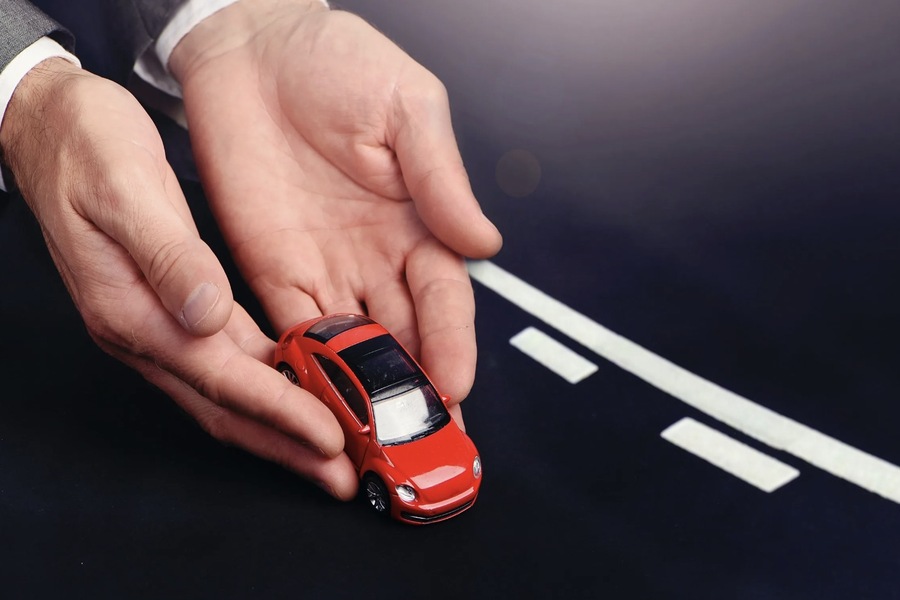The Comprehensive Evolution of Car Insurance: A Journey Through History, Development, and Modern-Day Relevance
Car insurance, also known as auto or vehicle insurance, serves as a financial shield for drivers, pedestrians, and property owners impacted by road traffic accidents. For those wondering about car insurance near me, it provides local access to essential coverage, mitigating the risks of financial losses stemming from physical damage, bodily injury, or liability issues arising from the operation of motor vehicles. As one of the most significant developments in public safety and financial protection, car insurance has a storied history and continues to evolve to meet the demands of a changing world.
This detailed exploration of car insurance delves deeply into its fascinating origins, global adoption, the diverse policies available today, and its enduring cultural and economic importance.
The Humble Beginnings: Horse-Drawn Carriages and the Birth of Public Transportation
The origins of car insurance trace back to an era long before the automobile’s invention, to the bustling streets of 19th-century France. In 1826, Stanislas Baudry, a retired military officer, introduced the first horse-drawn omnibus service in Nantes. Initially designed to transport customers to a bathhouse located near Baudry’s flour mill, the omnibus quickly became a preferred mode of transportation for various purposes, showcasing its independent value as a public utility.
While the innovation transformed urban mobility, it also introduced new risks to pedestrians unaccustomed to navigating roads shared with large, cumbersome vehicles. Accidents were frequent, prompting insurance companies—already established to cover other perils—to create a new category of policies aimed at mitigating financial losses from collisions involving omnibuses. These policies laid the foundation for what we recognize today as vehicle insurance.

The Advent of Motorized Transport and the Need for Insurance
As transportation advanced, steam-powered omnibuses emerged in England, marking a shift from animal-driven carriages to motorized vehicles. Although they were slow and inefficient, steam omnibuses symbolized the beginning of a new era in mobility. However, these heavy, fuel-intensive machines caused significant wear and tear on infrastructure and increased the risk of accidents.
By the late 19th century, the invention of the automobile further transformed transportation. In 1895, the United States produced its first automobile, and just one year later, the first recorded automobile accident occurred. In this incident, a vehicle traveling at a mere 6 kilometers per hour struck a pedestrian, Mrs. Bridget Driscal, who tragically lost her life. The accident sparked public outcry and highlighted the inherent risks of motorized vehicles. It also underscored the importance of establishing systems to protect both drivers and pedestrians from the financial consequences of such incidents.
Recognizing these risks, Truman Martin, an American, became the first person to purchase an automobile insurance policy in 1898. His policy, costing $12.50, provided $500 in coverage for accidents involving pedestrians or horse-drawn vehicles. This pioneering move set a precedent for modern car insurance.
The Era of Mass Automobile Production and Mandatory Insurance
The early 20th century saw the mass production of automobiles, particularly through Henry Ford’s assembly line innovations. By making cars more affordable and accessible, Ford’s Model T revolutionized transportation, bringing millions of vehicles onto the roads. With this surge in automobile ownership came a corresponding rise in accidents, prompting governments to introduce regulations requiring car insurance.
In 1925, Massachusetts became the first state in the United States to mandate automobile insurance. This legislation required drivers to carry liability insurance to cover damages caused to other individuals or property. Europe quickly followed suit, with most countries implementing mandatory car insurance by the mid-20th century.
This period also saw the birth of the “green card” system, an international framework for the mutual recognition of insurance policies across borders. Established in the 1950s, this system simplified international travel by ensuring that motorists carried standardized insurance coverage recognized by participating countries.
Modern Car Insurance: Types of Coverage and Customization
Today, car insurance is a highly diversified industry, offering a wide range of policies tailored to meet varying needs and legal requirements. Common types of car insurance coverage include:
- Liability Insurance
-Covers damages to another person’s property or injuries caused by the policyholder.
-Often mandatory in many countries as a basic form of protection.
- Collision Coverage
Pays for repairs or replacement of the policyholder’s vehicle in the event of an accident.
- Comprehensive Coverage
Protects against non-collision-related damages, such as theft, vandalism, or natural disasters.
- Uninsured/Underinsured Motorist Coverage
Covers expenses if the policyholder is involved in an accident with an uninsured or underinsured driver.
Covers medical expenses, lost wages, and other costs for the policyholder and passengers, regardless of fault.
- Gap Insurance
Covers the difference between the amount owed on a car loan and the vehicle’s current market value in the event of a total loss.
Utilizes telematics technology to monitor driving behavior, offering discounts for safe driving habits.

Technological Innovations in Car Insurance
The insurance industry has embraced technological advancements to enhance efficiency, accuracy, and customer convenience. Some of the notable innovations include:
Telematics: Devices and smartphone apps that track driving behavior, enabling insurers to offer personalized premiums based on factors like speed, braking, and mileage.
Artificial Intelligence (AI): Streamlines claims processing, improves fraud detection, and provides customers with tailored policy recommendations.
Mobile Apps and Online Platforms: Allow customers to compare policies, purchase coverage, and manage claims seamlessly from their devices.
Autonomous Vehicles: As self-driving cars become more common, insurers are exploring new models to assess risk and liability.
Car Insurance as a Social Responsibility
In many countries, purchasing car insurance is more than a legal requirement; it is viewed as a moral obligation. It reflects a driver’s commitment to protecting themselves and others from financial hardship in the event of an accident. The cultural significance of car insurance is particularly evident in Europe, where failing to carry a valid policy is considered as irresponsible as evading taxes or neglecting civic duties.
This sense of responsibility has also shaped public policies aimed at increasing road safety. Governments and insurance companies collaborate to promote safe driving campaigns, incentivize the use of safety features, and implement stricter penalties for uninsured driving.
The Economic Impact of Car Insurance
The car insurance industry plays a vital role in the global economy. It not only provides financial protection for individuals but also supports industries such as healthcare, legal services, and automotive repair. Additionally, it contributes significantly to government revenues through taxes and regulatory fees.
Moreover, the industry’s emphasis on risk assessment and prevention has led to advancements in vehicle safety technologies. Features like airbags, anti-lock braking systems (ABS), and collision avoidance systems are now standard in modern vehicles, reducing accident rates and insurance claims.
Conclusion: A Timeless Necessity in a Changing World
Car insurance, with its roots in horse-drawn carriages and omnibuses, has evolved into a cornerstone of modern transportation. It safeguards individuals, fosters accountability, and supports economic stability. As vehicles become more advanced and roads busier, the importance of car insurance will only grow.
By adapting to technological innovations, addressing emerging risks, and promoting social responsibility, car insurance continues to uphold its timeless mission: ensuring safety, financial security, and peace of mind for all who traverse the roads.
Hockey fan, ramen eater, hiphop head, Mad Men fan and RISD grad. Performing at the nexus of minimalism and purpose to craft experiences both online and in real life. I’m a designer and this is my work.
